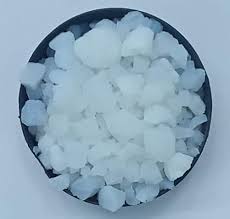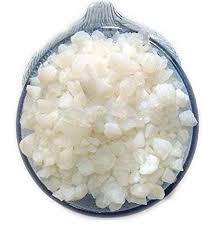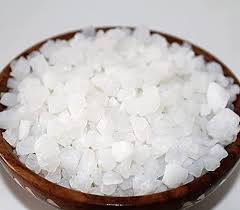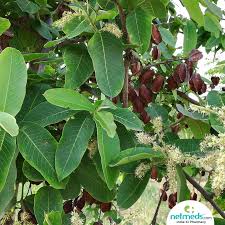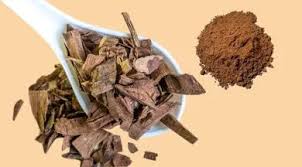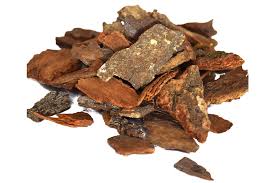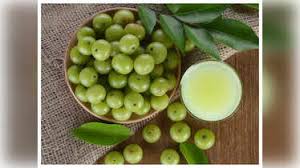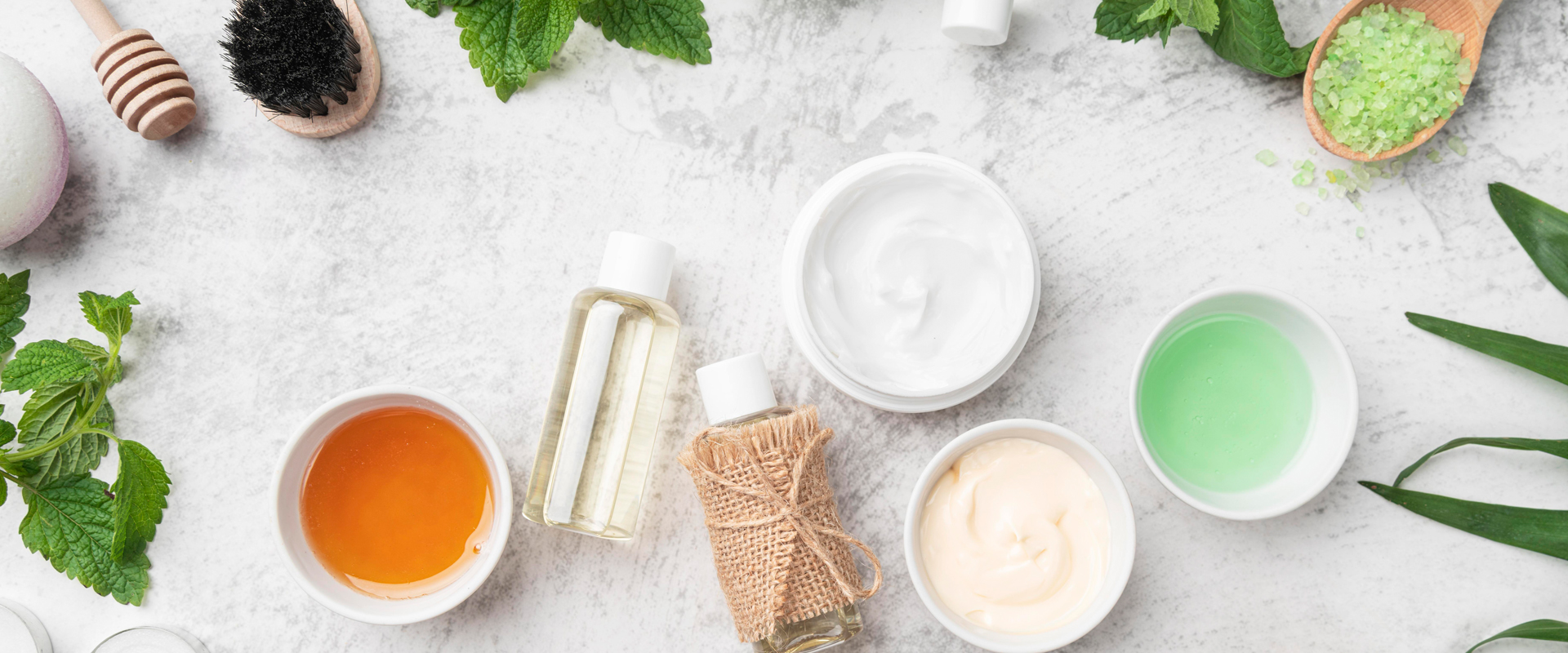
Amla and Cinnamon for Diabetes Management
Diabetes has become one of the most common health challenges in today’s world, and managing it requires a proper balance of diet, lifestyle, and natural remedies. Among the many traditional options available, Amla (Indian Gooseberry) and Cinnamon stand out as powerful natural ingredients that can support healthy blood sugar control. Amla is known for its high vitamin C content, antioxidants, and blood-purifying properties, while cinnamon has been widely studied for its ability to improve insulin sensitivity. When combined, these two natural ingredients create a strong remedy that can help manage diabetes naturally. This article explores the benefits of Amla and Cinnamon, their role in diabetes management, how to consume them, and precautions to keep in mind.
Long Description
- Understanding Diabetes and Natural Remedies
Diabetes is a metabolic disorder where the body cannot properly regulate blood sugar levels. It is mainly categorized into Type 1 Diabetes, where the body fails to produce insulin, and Type 2 Diabetes, where the body becomes resistant to insulin. Over time, uncontrolled diabetes can lead to complications like heart disease, kidney damage, nerve disorders, and eye problems.
Modern medicine provides various treatments, but natural remedies like Amla and Cinnamon can complement these treatments by supporting healthy glucose control, reducing oxidative stress, and improving overall well-being.
- Why Amla is Beneficial for Diabetes
Amla, also known as Indian Gooseberry, is a rich source of vitamin C, polyphenols, and chromium. These compounds play a crucial role in diabetes management.
Regulates Blood Sugar: Amla improves the body’s response to insulin and helps lower blood glucose levels naturally.
Rich in Antioxidants: The antioxidants in Amla reduce oxidative stress, which is a major contributor to diabetes-related complications.
Chromium Content: Chromium in Amla supports carbohydrate metabolism and enhances insulin sensitivity.
Protects Organs: Regular intake of Amla helps protect the liver, pancreas, and kidneys, which are often affected in diabetic patients.
- Why Cinnamon is Beneficial for Diabetes
Cinnamon is a powerful spice loaded with bioactive compounds like cinnamaldehyde and polyphenols. These compounds have direct effects on blood sugar regulation.
Improves Insulin Sensitivity: Cinnamon enhances the body’s ability to use insulin effectively, which helps in lowering blood sugar.
Lowers Fasting Blood Sugar: Research shows cinnamon can reduce fasting blood glucose levels significantly in Type 2 diabetics.
Slows Carbohydrate Breakdown: Cinnamon slows the breakdown of carbohydrates in the digestive system, preventing sudden spikes in blood sugar after meals.
Anti-inflammatory Properties: It helps reduce inflammation in the body, which is often elevated in diabetic patients.
- The Power of Amla and Cinnamon Together
When Amla and Cinnamon are combined, they provide a synergistic effect for managing diabetes.
Balanced Blood Sugar: Amla controls glucose absorption, while cinnamon improves insulin function.
Improved Metabolism: Together, they enhance carbohydrate metabolism and reduce fat accumulation.
Protective Against Complications: Their antioxidant and anti-inflammatory properties protect against nerve damage, eye problems, and cardiovascular risks associated with diabetes.
Support for Immunity: Diabetes weakens the immune system, but Amla’s vitamin C and cinnamon’s antibacterial qualities help strengthen immunity.
- How to Use Amla and Cinnamon for Diabetes
There are several ways to include Amla and Cinnamon in your daily routine:
Amla Juice with Cinnamon: Mix 1 tablespoon of Amla juice with a pinch of cinnamon powder in warm water. Drink on an empty stomach.
Amla Powder and Cinnamon Tea: Add 1 teaspoon of Amla powder and half a teaspoon of cinnamon powder to hot water. Let it steep for 5 minutes before drinking.
Amla-Cinnamon Capsules: Herbal supplements are available in capsule form combining both ingredients.
Diet Integration: Add cinnamon powder to smoothies, salads, or herbal teas. Consume raw Amla or in powder form daily.
- Precautions to Keep in Mind
While Amla and Cinnamon are natural and beneficial, they should be consumed with caution:
Consult a Doctor: People already on diabetes medication should consult their doctor before adding these remedies to avoid hypoglycemia.
Avoid Excess Intake: Too much cinnamon can harm the liver due to coumarin content. Stick to moderate quantities.
Allergic Reactions: Some people may be allergic to Amla or Cinnamon, so monitor your body’s response.
Pregnancy and Lactation: Pregnant or breastfeeding women should consult healthcare providers before using these remedies.
- Lifestyle Tips for Better Diabetes Management
Along with Amla and Cinnamon, lifestyle plays an important role:
Maintain a balanced diet with low glycemic index foods.
Exercise regularly to improve insulin sensitivity.
Get adequate sleep and manage stress effectively.
Stay hydrated and avoid processed and sugary foods.
Conclusion
Amla and Cinnamon are not just kitchen ingredients but powerful natural remedies that can help in diabetes management. Their combined benefits of improving insulin sensitivity, regulating blood sugar, reducing inflammation, and protecting organs make them an excellent natural choice for diabetics. However, these should always be used alongside prescribed medication and healthy lifestyle practices. By integrating these natural ingredients wisely, individuals can take a strong step towards better control of diabetes and overall health.


